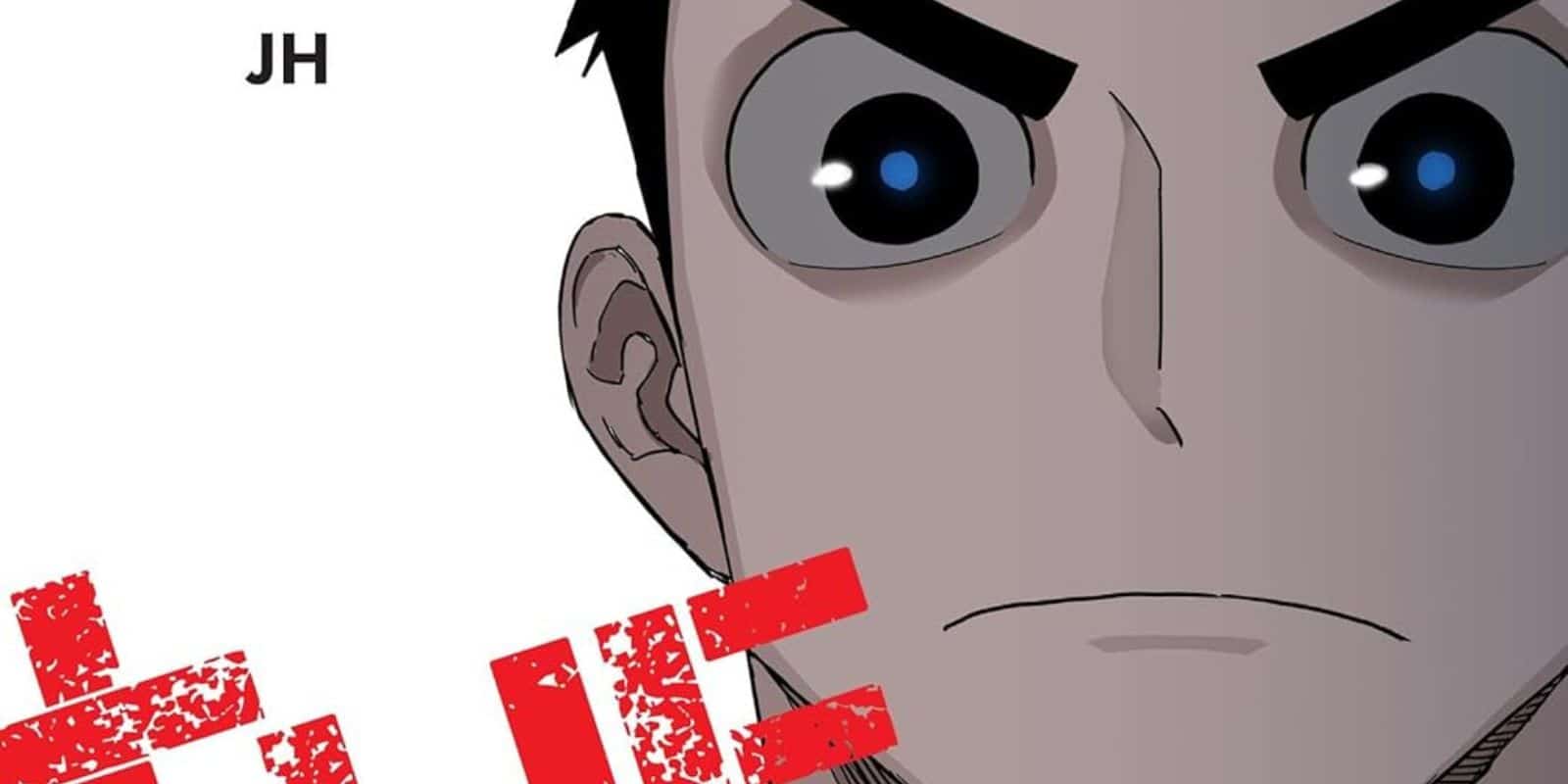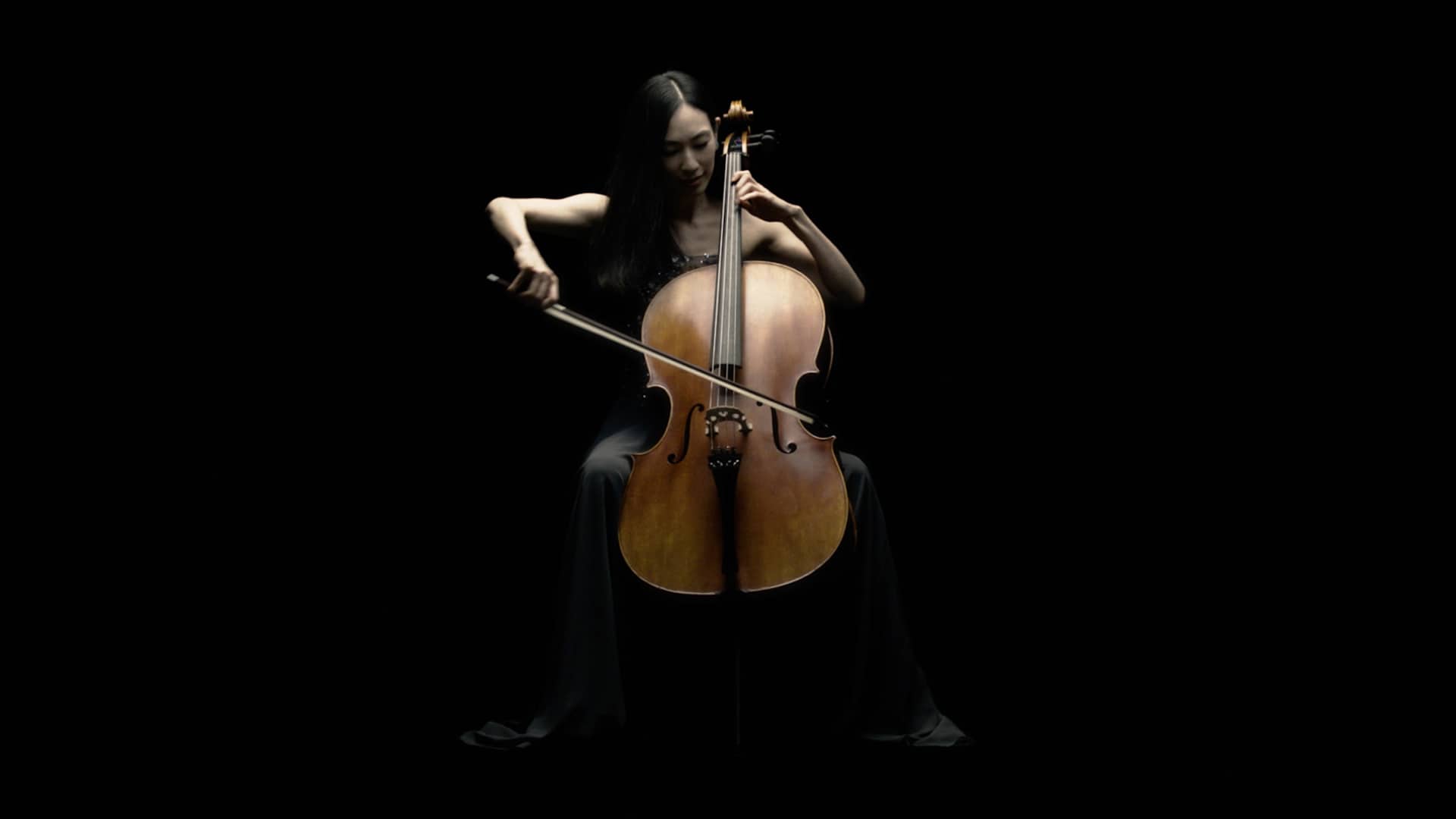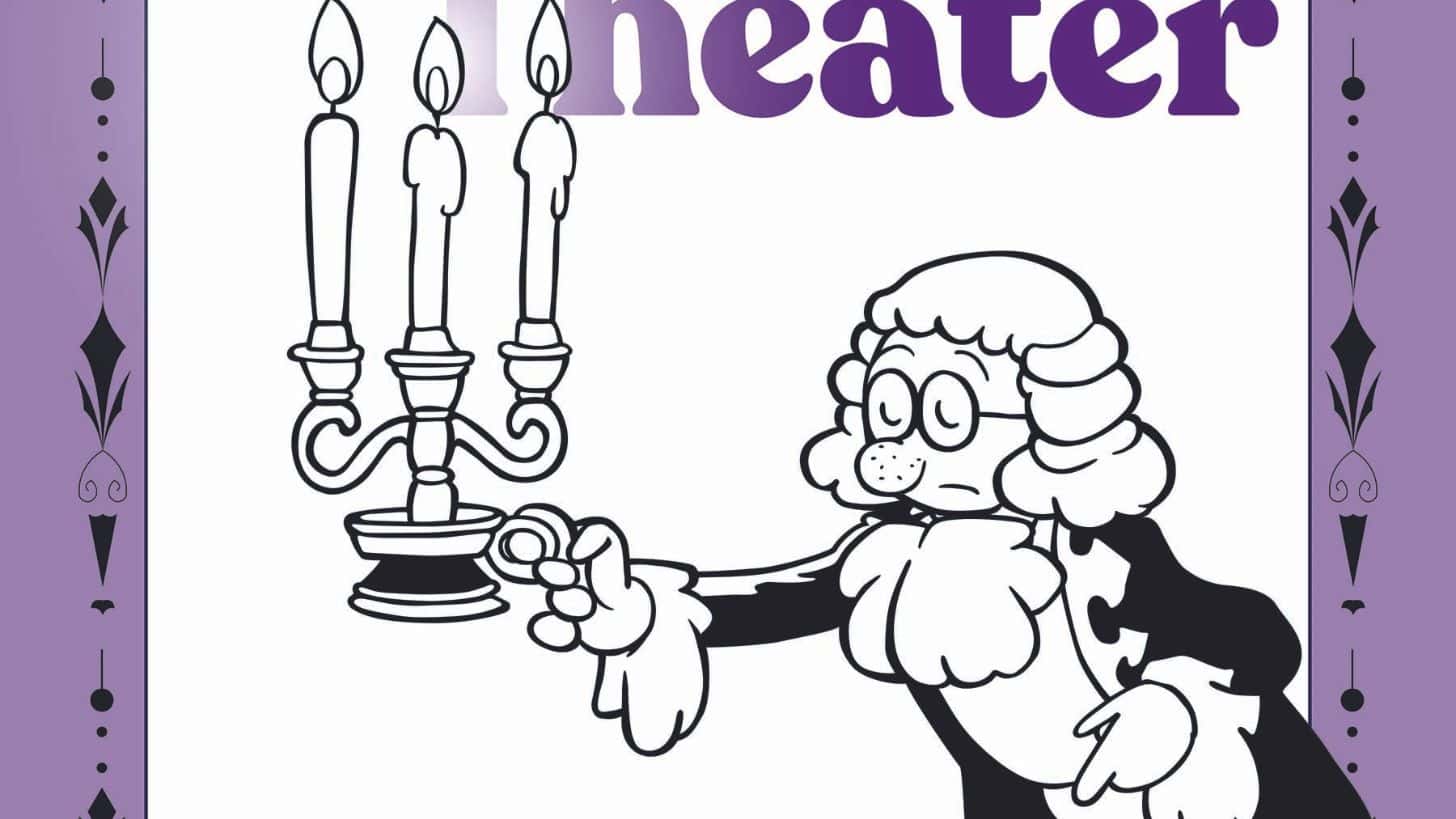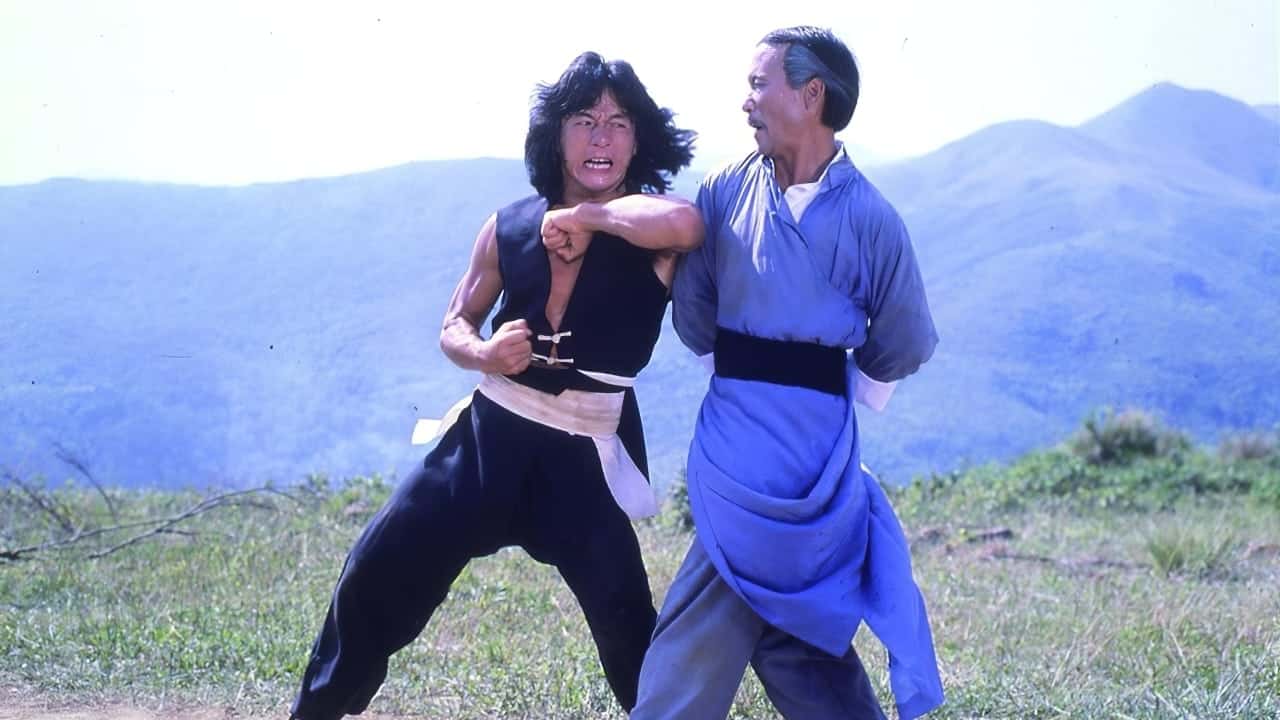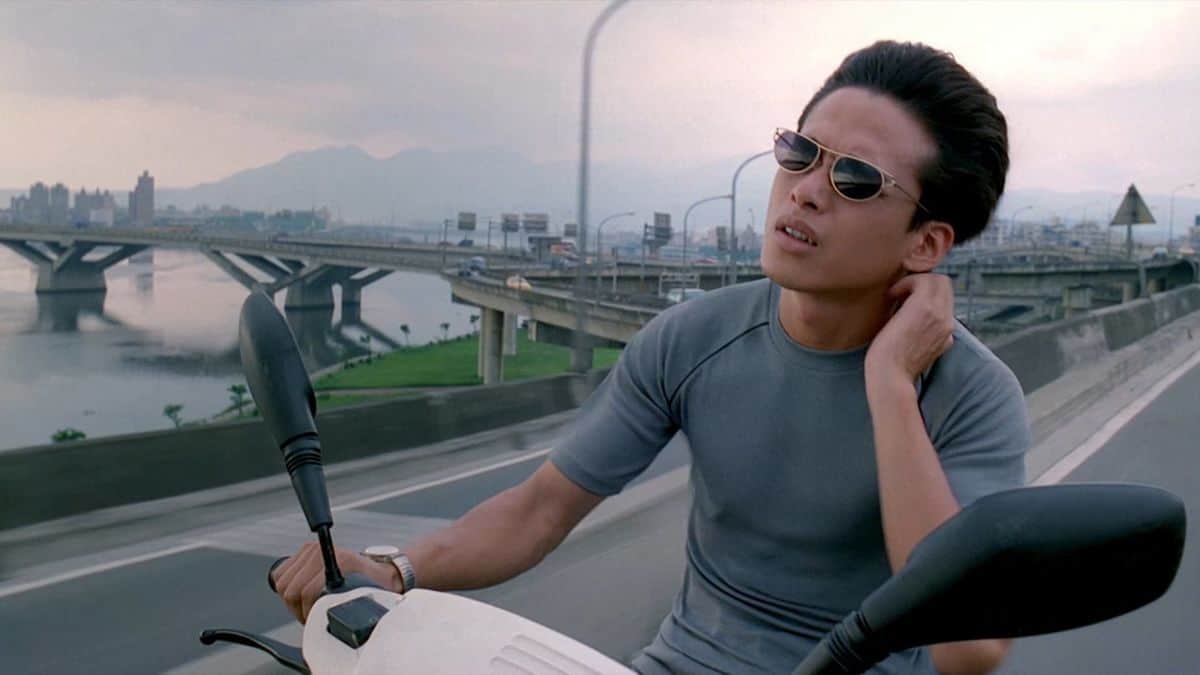6. Marked Man (2020) by Delgerbayar Purevdorj
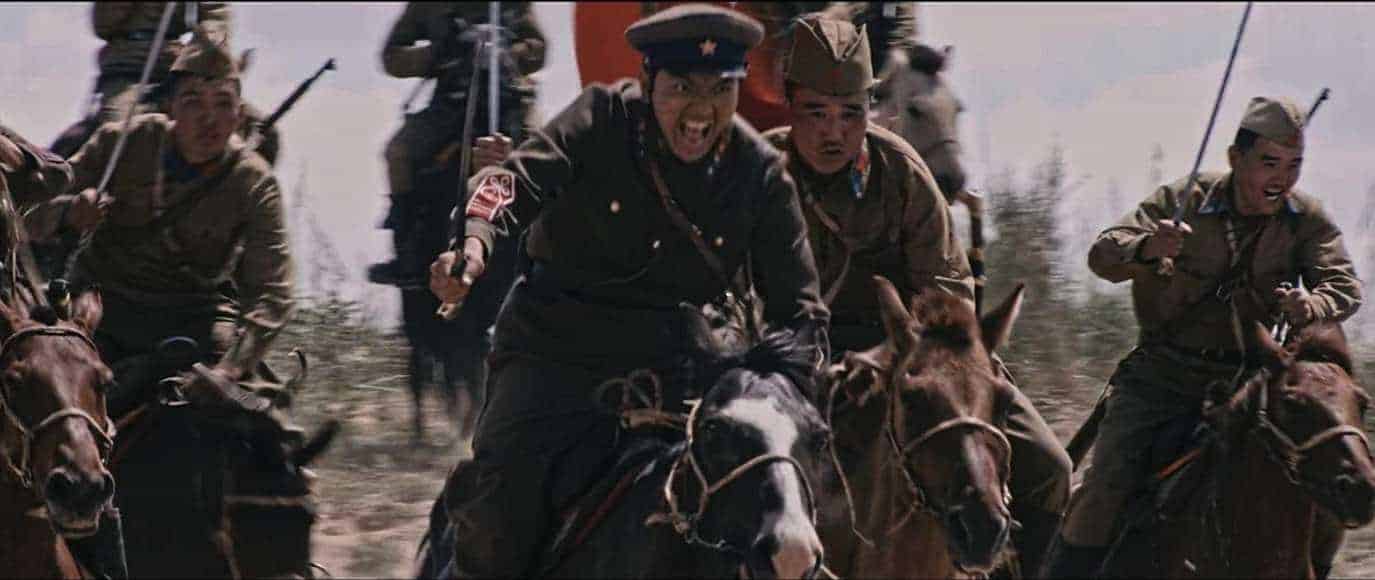
The film follows the real story of Dandar, occasionally with flashbacks, while also focusing on the various battles that took place mostly before the Second World War. In that fashion, the movie begins with the invasion of the Japanese forces in May 1939. The invaders managed to surround the HQ of the 6th cavalry division and the head of the Mongolian forces, Sharibuu, was killed. Dandar, who was a mere lieutenant at the time, was ordered in charge of the division and given the rank of major. His courage, bravery and military ability led the Mongolian forces to a number of wins and soon he started collecting medals and commendations. Eventually, he was bestowed the title of “Extraordinary Hero” (Dandar Baatar). Jealousy, however, among the army ranks had already started to rise, and Dandar’s enemies multiplied. At the end of the Khalkhin Gol Battles, and after the win of the Soviet-Mongolian army, Dandar was sent to the Soviet Union for additional training, until the beginning of WW2, when he was ordered back. The plots against him, however, resulted in his arrest for killing a Soviet soldier over a disagreement, and his subsequent incarceration.
To begin with, Delgerbayar Purevdorj‘s effort to shoot an epic film is more than obvious, and considering the budget of the film (estimated at $750,000), the result is quite good. In that regard, the combination of the number of extras, the use of actual military equipment (including tanks, guns, horses, swords etc) and the excellent cinematography of Enkhtur Baljir is great, and results in a number of rather impressive scenes, even a few aeroplane fights. The fact that the Mongolian setting is mostly barren, offering almost no cover, was “exploited” fully by Purevdorj and Baljir in order to present a number of truly brutal fights, that also highlight, however, the grotesqueness of war. The combination of foot soldiers, mounted ones and tanks works wonders in that setting and is the element that makes the movie stand out.
7. I, The Sunshine (2019) by Janchivdorj Sengedorj
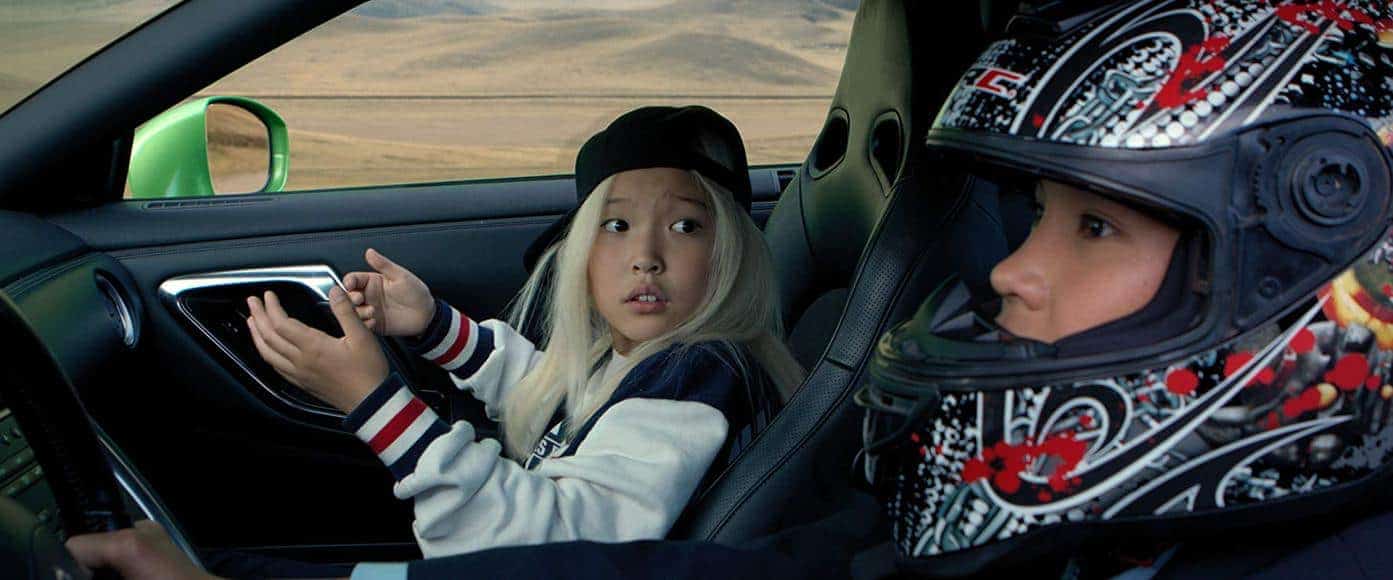
The film unfolds in three episodes, narrated from the son of a family who tells the life stories of his father, his mother, and in the end, his own. The first part takes place in the Mongolian steppe during the summer. School’s out and all the members of a small commune wait each day to be picked up by a track, in order to go to the only place with a TV and watch their favorite soap opera. Bodi’s father eventually buys a TV set, but because their ger is placed in a very low altitude, the antenna cannot pick the signal. The second segment tells the story of the mother, Nandin-Erdene, who grew up in the city and was supposed to pursue a career as a contortionist. However, she has to struggle with taking care of her mother, a former contortionist who is in a wheel chair, after an accident during her performance, and a father who is absent as he tries to provide for his family by working in the US. The last part takes place in the present, where the son of Bodi and Nandine grows up in the wealth his parents have amassed, following the “rules” of his generation, in essence being constantly busy with his phone, almost ignorant to the people around him
Through the three segments, Janchivdorj Sengedorj draws a very thorough portrait of a Mongolia through the last decades, highlighting the hardships but mostly the traits of its people. His view may be a bit romantic, particularly in the first segment, but this part actually adds to the entertainment the film offers, without detracting much from its realism. The fact that all three segments work quite well, despite their much different premises is a definite testament to Sengedorj’s directorial abilities, as is his handling of the many kid actors.
8. The Silent Souls (2018) by Chinzorig Erdenebayar

“The Silent Souls” depicts the journey of a couple that has been married for 5 years and moves to a remote city. It’s winter, it’s cold. Their new place clearly isn’t as luxurious as the previous one. The husband is a doctor and is pursuing research on an obstetrics and gynaecology bacteria. He is not very participating, not very openly loving, not very flexible in the marriage relationship. The movie hints that the reason behind his cold behaviour is to be found in his past and the fact that he was never taught how to act differently. On the other hand, the wife, Amin, tries to have him open up and invest the home (literally and metaphorically). Little by little, she slowly gives up and shuts herself off. They love each other, hate each other, split up, get back together, are a strong yet very fragile and dysfunctional couple. The 2018 feature is the story of a couple that drifts apart, that loves each other but can’t communicate, that wants to split up but where no one can actually leave the other.
Visually, the movie is a surprising blend of TV melodrama and more naturalistic movies. Indeed, it sometimes uses the melodrama tropes: lighting, make up, close-ups and stirring music. On the other hand, the movie mostly displays naturalistic elements. The lighting is, most of the time, natural. There are many wide shots (worth it, even just to have a look at the scenery), a few closeups profiles. The pace is slow. These elements bring in a naturalistic aspect to the film. The two main characters are intense, especially the wife. The performance of Dolgor Oinbayar is impressive. Her character is intense, strong and broken. The actress manages to transmit Amin’s varied facets to the viewers. (Oriana Virone)
9. War: Dain (2018) by Ulziibuyan Tserendendev
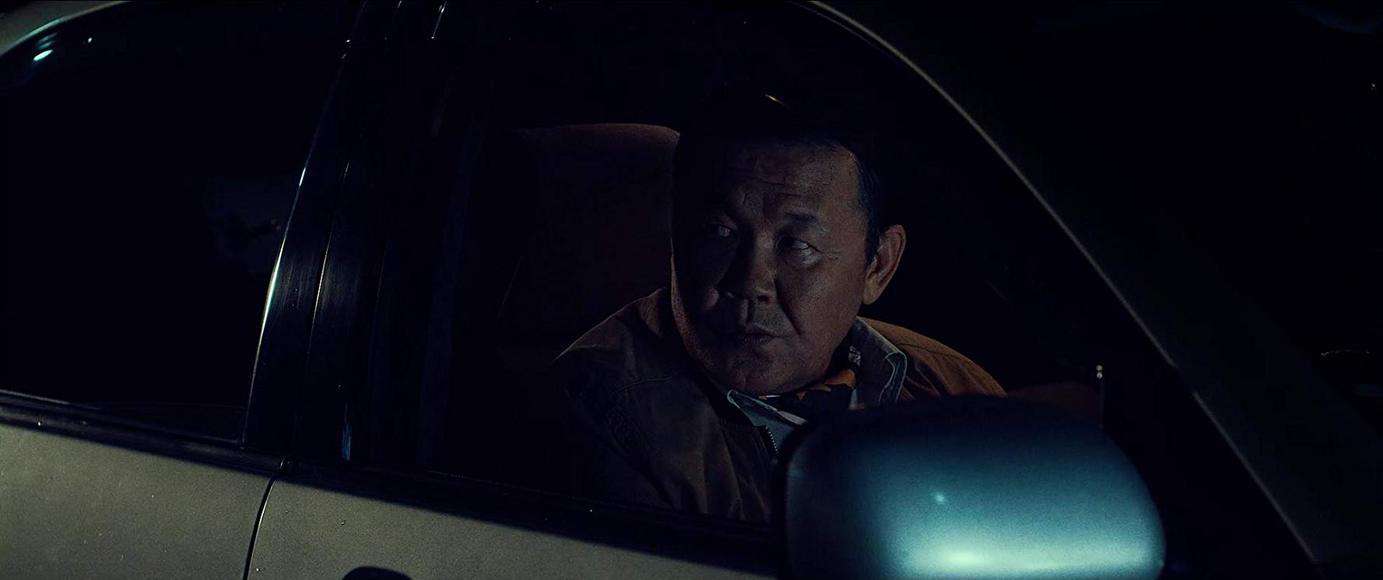
Growing up in an orphanage, two boys and a young girl develop a strong bond with each other that fully cements itself once they escape from the clutches of a serial killer that was prowling the neighbourhood. Now adults, Delgunuu (Uuganbavar Enkhbat), Galaa (Urangoo Batjargal) and Malaa (Misheel Tugsbaatar) have gone their separate ways, with Delgunuu involved with the mafia and the other two happily married with a daughter, they find their lives intersecting again when she becomes the target of a perverted serial killer. With Delgunuu using his skill-set to free her, the inability to have Malaa and Galaa killed off brings the group together again into a deadly race to solve the mystery of the past in order to get away from their situation alive.
Overall, this was quite an enjoyable effort. One of the strongest elements present is writer/director Tserendendev’s script which offers a somewhat enjoyable main idea. Exploring the idea of the vagrant, homeless children that are running wild in the streets that initially sparks the policeman’s interests in the savage serial killer stalking the city, is a novel idea of bringing about their connection. Intersecting the two storylines as the idea of the killer meeting up with their lives on the street and how the kids are forced to grow up through their connection together offers a fine counterbalance to the emotional setup of their predicament. When the flashback to their childhood encounter with the thugs that ends up bonding them together, there’s a fine realization that occurs which causes the story to make sense and brings the thriller elements into greater focus. (Don Anelli)
10. The Gladiolus (2018) by Delgerbayar Purevdorj
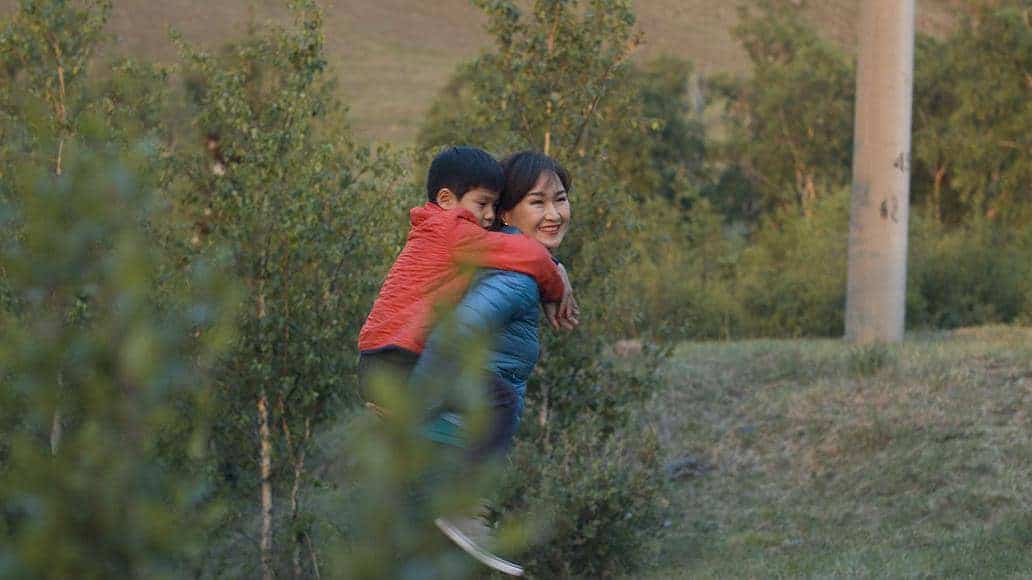
Private school principal Khongorzul (Uuduu Tumendelger) is a single mom, lives with her teenage daughter Tsetseg and her son Jargal, who’s disabled. When Tsetseg falls in love with an older drug dealer Tugsuu, Khongorzul and her family’s life changes forever. Trying to find out who her daughter hangs out with, she begins to investigate and in one freak confrontation, she accidentally kills her daughter’s boyfriend. She hides the dead body and tries to live with her life as normal as possible. Dandar (Tumurkhuyag Tsegmed) is an about-to-retire detective who gets one last job to find Tugsuu and gets onto the murderers’ trail. When he finds out that he was a drug dealer and a womanizer and his murder was just an accident, Dandar helps her to get away with the murder instead of turning Khongorzul in.
While there are some limitations here, ‘Gladiolus’ does come off with some nice ideas. One of the major factors is the way this one goes about offering a localized version of attempting to execute the perfect crime. It’s a simplistic enough trope that provides the movie with an opportunity to tell a story focusing on its local audience, that will also have international appeal. Writer/director Purevdorj takes care of providing a detailed rationale and motivation for what’s going on, as the first half of the film details the setup of the girls’ relationship with Tugsuu so that the actual incident itself rings far more impactfully. With us fully aware of everything going on in short fashion, from the fractured family life and the sons’ troubles to Tsetseg being out with Tugsuu, we get a clear understanding of this world rather quickly and easily, which is a credit to Purevdorj’s script. (Don Anelli)



